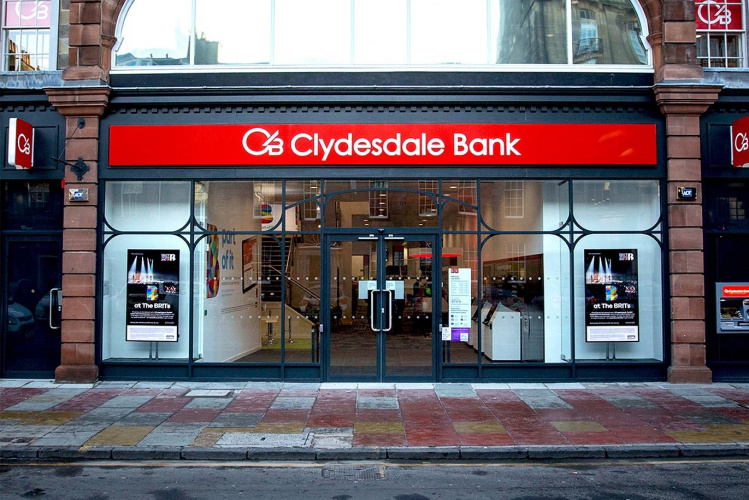Mortgage products fell 3.7% to 6,402 options in November, the biggest month-on-month reduction since July 2023, data from Moneyfacts shows, as the market pauses in a period of uncertainty.
The average shelf-life of a home loan product also dropped to 17 days, down from 21 days in October.
However, the data body points out that product numbers are substantially higher than two years ago, as choice was “significantly impacted” in the aftermath of the September 2022 Liz Truss mini-Budget, which saw home loan options fall to 3,117 in November of that year.
Average mortgage rates on the overall two-year fixed rate dipped by 1 basis point and the five-year fixed rate rose by 2bps to 5.39% and 5.09%, respectively.
The average two-year fixed rate is 30bps higher than the five-year equivalent.
The two-year fixed rate has now been higher than the five-year equivalent since October 2022.
The average two-year tracker variable mortgage rose slightly to 5.71%.
The average ‘revert to’ rate or standard variable rate fell to 7.95%.
By comparison, the highest recorded was 8.19% during November and December 2023.
Moneyfacts Expert Rachel Springall says: “There will be many borrowers coming off a cheap rate in the months ahead, so it’s imperative they seek a new offer and not default onto an expensive revert rate.
“A longer-term fixed deal may be popular for peace of mind, but borrowers may remain on the fence on fixing for longer.
“There are expectations that the Bank of England will bring down base rate further next year, but recent events have led to uncertainty on fixed-rate pricing.
“Swap rates have been on the rise since the Budget and lenders will traditionally increase fixed rates in response.”
Springall adds: “First-time buyers looking to secure a deal will find a slight improvement in the availability of products at 95% loan-to-value month-on-month, and the average two- and five-year fixed rates at this LTV ratio fell.
“However, the outlook for would-be buyers might not be very rosy, as fixed rates are forecasted to climb next year and the nil-rate threshold on stamp duty for first-time buyers will drop to £300,000 in March.”



